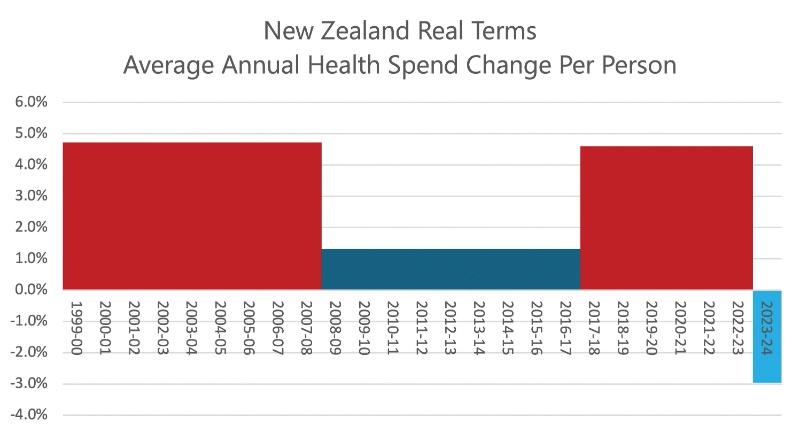Te Ngaengae Name For New Pool Reflects History And Environment
The new name for the Naenae Pool and Fitness Centre - Te Ngaengae - has deep links to local rivers Waiwhetū and Te Awamutu and the creation of Te Whanganui a Tara.
Hutt City Council today approved Te Ngaengae as the name for the new complex. It was proposed by the Mana Whenua Naming Committee, supported by the Whakatupu Ngaengae Community Advisory Group.
Kara Puketapu-Dentice, Tumu Whakarae | Chief Executive Officer of Te Ātiawa Taranaki, Whānui said Taranaki Whānui is honoured to see the new Naenae Pool named Te Ngaengae, a name rich with ancestral meaning.
"Te Ngaengae reflects our deep connection to the sacred rivers, Waiwhetū and Te Awamutu, and the ancient stories that shaped this land. It is a reminder of our guardianship, our heritage, and the mana and wairua flowing through these waters that connect our past, present, and future."
Mayor Campbell Barry said the council is honoured the pool will carry a name so deeply connected to the area’s origins.
"Te Ngaengae grounds the pool in the history of Naenae and is a strong reminder of our heritage.
"Te Ngaengae reflects the original Māori name of the suburb. This gives us a chance to celebrate the history of the area.
"Te Ngaengae will be a critical and beloved community asset and central to the people of Naenae, Lower Hutt and the wider region."
Mana Whenua representatives of Te Rūnanganui o Te Āti Awa, agreed to provide a cultural history and recommend a lead artist in addition to proposing names for the new facilities.
In May 2024 the Council approved the proposed name Te Mako for the Naenae community centre.
The original pool was called the Naenae Olympic Swimming Pool, and as a tribute, the metal lettering from the front of the old facility will be displayed inside the new pool.
The cultural history
After the hauling up of the great fish, the brothers of Māui caused many lacerations and scars on the land. They also caused the awakening of many beings from deep within its bowels - two of which lived at the place called Te Ngaengae.
Te Kāhui Mounga, the Mountain Clan, had already been summoned to the head of the fish to calm the Great Fish o Māui. While here, the Mountain Clan placed a rāhui (ritual prohibition) over the lake at Te Ngaengae, forbidding the people to visit due to the two man eating serpents that dwelled there - Kume and Rona. There they remained at Te Ngaengae, sleeping.
Centuries passed by with no incident until a young child slipped and fell into the lake, awakening these ancient beings from their slumber with the scent of mankind. In their frenzy to be the first to devour the young child, a great battle ensued between them.
They shook the earth with their ravenous behaviour, creating landslides, changing the landscape, and drying up the lake. In their frenzied madness, they carved and scarred the land, fashioning the sacred rivers known today as Te Awamutu and Waiwhetū.
Eventually, they reached the freshwater lake - Te Waimānga - where they were gobbled up by their tuākana, Ngake and Whātaitai.


 Gordon Campbell: On The Americanising Of NZ’s Public Health System
Gordon Campbell: On The Americanising Of NZ’s Public Health System New Zealand Deerstalkers Association: NZDA Urges Hunters To Prioritise Safety This Roar Season
New Zealand Deerstalkers Association: NZDA Urges Hunters To Prioritise Safety This Roar Season PSA: 1000 Days Since Landmark Pay Equity Deal Expired - Workers Losing $145 A Week
PSA: 1000 Days Since Landmark Pay Equity Deal Expired - Workers Losing $145 A Week Grace Tinetali-Fiavaai, RNZ: Widow Of Fa'anānā Efeso Collins Seeks Inquiry Into His Death - 'Unanswered Questions'
Grace Tinetali-Fiavaai, RNZ: Widow Of Fa'anānā Efeso Collins Seeks Inquiry Into His Death - 'Unanswered Questions' Te Pāti Māori: Te Pāti Māori Call For Mandatory Police Body Cameras
Te Pāti Māori: Te Pāti Māori Call For Mandatory Police Body Cameras NZ First Party: NZ First Introduces the “Conscience Acts Referendums Bill”
NZ First Party: NZ First Introduces the “Conscience Acts Referendums Bill” NZ Government: Unlocking Data To Increase Competition And Choice
NZ Government: Unlocking Data To Increase Competition And Choice


